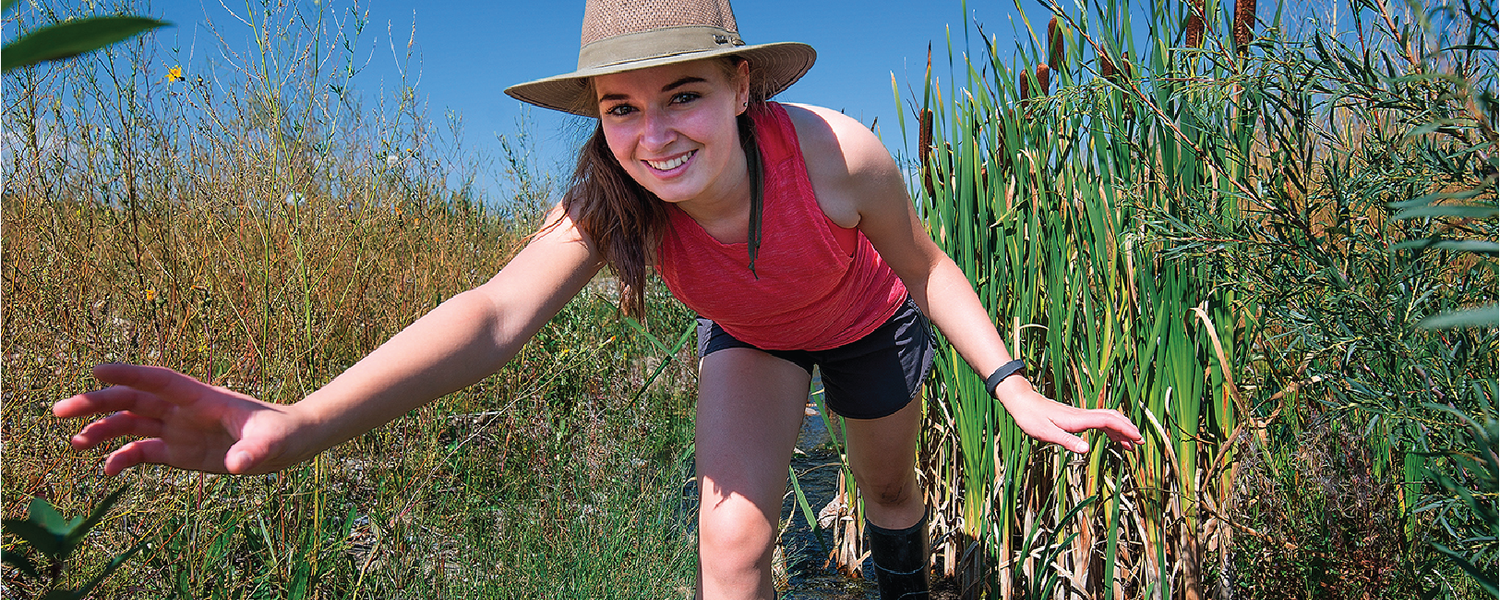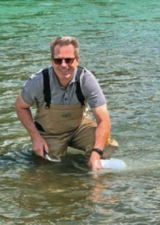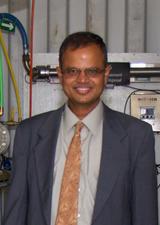
Antibiotic use and wastewater treatment
What’s in my Water? The Role of Environmental Reservoirs in the Persistence and Transmission of Antimicrobial Resistance
Antimicrobial resistance was historically considered to be largely superbugs in hospitals. Recent evidence suggests that wastewater treatment plants likely play a role in the transmission of AMR and might also be a key location where AMR develops as pathogens released from infected individuals mingle with non-pathogens in biological treatment processes. For example, UroPathogenic Escherichia coli (UPEC) have been detected in wastewater treatment plants around the world. Annually, in the United States alone, UPECs have been implicated in roughly 11 million urinary tract infections and cost health care ~$5Billion. Wastewater treatment plants that employ activated sludge treatment develop a microbiome, which can develop resistance to physical (eg, UV radiation) or chemical (eg, chlorine) disinfection methods with repeated exposure. Isolates from wastewater treatment plants globally are increasingly resistant to multiple antimicrobials, including antibiotics. If similar disinfection processes are used by drinking and wastewater treatment facilities, then development of resistance in one facility has implications to downstream facilities if receiving environments act as a reservoir for resistance elements, or are a location of transfer of resistance elements between bacteria. It is critical to understand the role of treatment processes in water and wastewater disinfection to know what disinfection protocols are appropriate for different water reuse strategies and options.
In our One Health project, researchers from engineering, veterinary medicine and ecology are collaborating to understand i) optimal ozone contact times and doses to fully disinfect wastewater, ii) whether some bacterial survive currently prescribed disinfection protocols, iii) whether disinfection processes induce multi-antimicrobial resistance, and, iv) the role of receiving environments in the persistence and possible transmission of antimicrobial resistance elements via gene transmission. Disinfection will be evaluated in the laboratory to determine appropriate ozone doses and contact times. That information will be used to establish treatment dosing in a full scale experimental wastewater treatment plant at Advancing Canadian Wastewater Assets (ACWA). Effluent from ACWA’s ozone treatment module will be dosed into experimental streams (pictured) and biofilm growth on experimental tiles will be examined for antimicrobial resistance genes. Once genes are identified, tiles will be brought to the laboratory and exposed to antibiotics to determine if genes are merely present, or are conferring resistance to the antibiotics.
Project Team

Dr. Lee Jackson, PhD
Scientific Director, Advancing Canadian Wastewater Assets
Professor, Department of Biological Sciences

Dr. Gopal Achari, PhD, MSc, BTech
Associate Dean, Graduate Studies and Research
Professor, Department of Civil Engineering

Dr. Tao Dong, PhD
Tier II Canada Research Chair, Molecular Ecology of Waterborne Microbes
Associate Professor, Ecosystem and Public Health
PhD Students
- Setareh Bahrami
- Fatemah Hashemzadeh
- Zahra Roshan
- Rehnuma Sejuty

